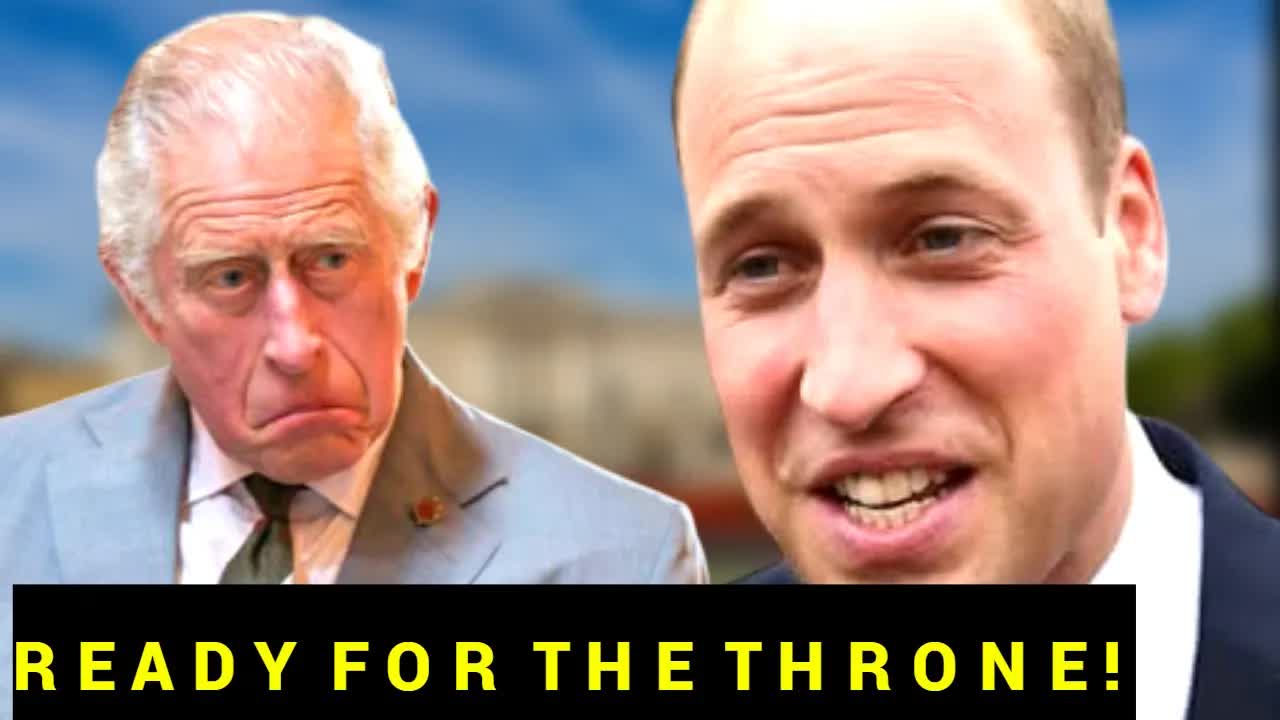In a stunning turn of events, Prince William is stepping up as the central figure in the British royal family.
With King Charles battling cancer and undergoing critical treatment, the 42-year-old Prince of Wales is not just taking on more responsibilities; he’s redefining what modern monarchy looks like.
This shift couldn’t come at a more crucial time for the royal family, which is trying to balance its rich traditions with the fast-paced demands of today’s world.
William’s rise to prominence is a timely response to his father’s health struggles.
Royal insiders are noting that he’s never wielded more influence than he does now.
He’s moving beyond merely fulfilling ceremonial roles or operating in his father’s shadow.
Instead, he’s actively embracing major responsibilities, signaling a significant transformation within the monarchy.
His actions suggest he’s ready to lead and reshape the institution for future generations.
This surge in authority isn’t just a response to King Charles’s situation; it’s also seen as a necessary step to restore stability to a family that has faced considerable turmoil and scandal in recent years.
As Prince William takes on an assertive role, he’s not just navigating royal life’s challenges; he’s making tough decisions that will impact the monarchy’s relevance in the modern age.
One of the most striking elements of William’s ascent is his firm stance against certain family members embroiled in public controversies.
His relationship with his younger brother, Prince Harry, and Harry’s wife, Meghan Markle, has soured significantly.
It’s clear that William is ready to distance the monarchy from their chaotic influence.
Similarly, Prince Andrew, whose actions have also stained the family’s reputation, has been sidelined by William.
This isn’t mere coincidence; it’s part of a broader strategy to cleanse the monarchy of elements deemed detrimental to its integrity.
In a powerful move, Prince William has made it clear that anyone challenging his vision for the royal family will face swift consequences.
His no-nonsense approach is setting the tone for a period of significant change within the royal household.
This includes not only addressing troublesome family dynamics but also tackling larger institutional issues that have plagued the monarchy for years.
Beyond internal reforms, William is taking a bold stance on the monarchy’s finances.
He’s committed to overhauling the royal family’s spending practices to ensure complete transparency.
The public has long viewed the monarchy as excessively wealthy, and William aims to change that perception.
By instituting rigorous financial oversight and eliminating lavish perks, he seeks to redefine the monarchy as responsible and in tune with contemporary financial realities.
This commitment to fiscal responsibility is a cornerstone of William’s vision for the monarchy’s future.
By curbing unnecessary expenses and insisting on transparency, he hopes to rebuild public trust in the institution.
William is determined to dispel the notion that the monarchy exists solely for luxury and privilege, striving instead for a leaner, more accountable royal family.
Environmental sustainability is another area where Prince William is making his mark.
Acknowledging the growing demand for ecological responsibility, he insists that the royal household adopt greener practices and reduce its carbon footprint.
His policies reflect a belief that the monarchy must lead by example in addressing the global climate crisis.
From cutting back on private flights to enhancing energy efficiency at royal estates, William’s environmental agenda is a significant departure from past excesses.
His commitment to sustainability is not just a passing trend; it’s a fundamental part of his vision for the monarchy’s future.
Through these initiatives, he positions the royal family as a forward-thinking institution that not only acknowledges environmental needs but actively contributes to safeguarding the planet for future generations.
As King Charles gradually passes on more responsibilities to his son, it’s clear that William isn’t just filling in temporarily.
He’s laying the groundwork for a new era of royal leadership.
His actions, from strict financial reforms to progressive environmental policies, indicate that he is shaping the monarchy’s future in profound ways.
The British royal family stands on the brink of a significant transformation, one that will resonate for years to come.
William’s leadership is not simply a reaction to current crises; it’s a long-term strategy aimed at modernizing the monarchy and ensuring its survival in an increasingly complex world.
His firm stance on internal reforms and bold initiatives signal a monarchy preparing for a new chapter defined by accountability and purpose.
As the world watches Prince William’s every move, anticipation builds around the future of the British monarchy.
His pragmatic and visionary approach could very well guide the institution through one of its most challenging periods, emerging stronger and more relevant.
In these uncertain times, the world is looking to him for direction, and it seems he is ready to deliver.
The legacy of the British monarchy is poised for a dramatic shift, merging rich traditions with the pressing demands of modern society, creating an institution that stands as a beacon of responsibility and progressive leadership.
Related Stories

